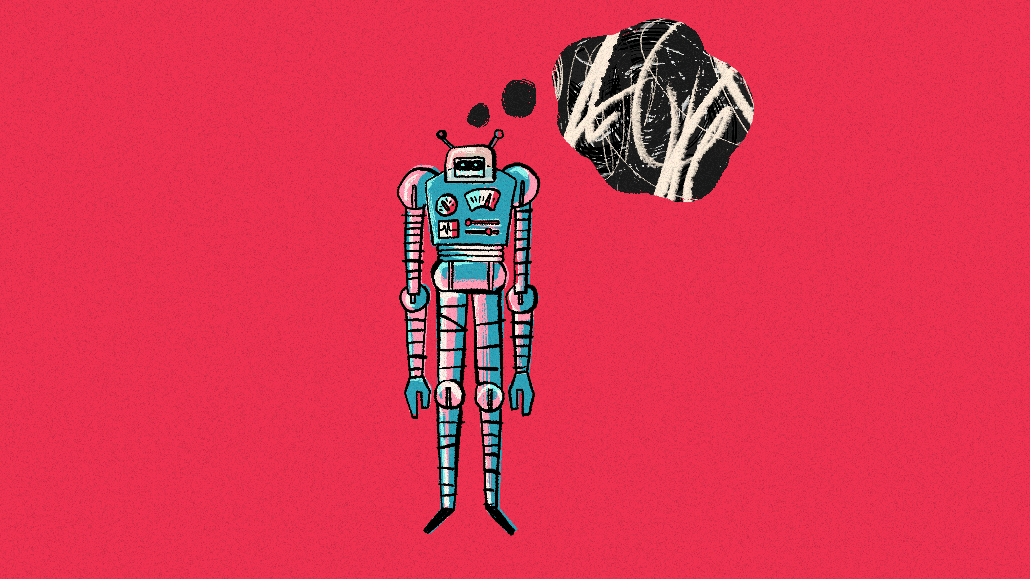Register by Jan 13 to save on passes and connect with marketers from Uber, Bose and more

This article is a WTF explainer, in which we break down media and marketing’s most confusing terms. More from the series →
Publishers have a new tool in their efforts to limit AI’s threat to their businesses. And it’s from the company behind one of the predominant threats.
In August, OpenAI announced that website owners can now block its GPTBot web crawler from accessing their webpages’ content. Since then, 12% of the 1000 most-visited sites online have done so, according to Originality AI. The list of sites shutting themselves off to OpenAI’s web crawlers includes publishers such as Bloomberg, CNN and The New York Times.
As Digiday has covered, publishers have had a hard time protecting against generative AI tools like ChatGPT sidestepping their paywalls and siphoning their content to inform the large language models. OpenAI’s announcement, however, makes that undertaking much easier.
For those unfamiliar with what a web crawler like OpenAI’s GPTBot is, not to mention how websites are able block their access, check out the explainer video skit below.
More in Media

Media Briefing: Here’s what media execs are prioritizing in 2026
Media executives enter 2026 weathered by disruption, but refocused on AI revenue, brand strength and video and creator opportunities.

Why publishers are building their own creator networks
Publishers are forming creator networks to regain control, combat traffic declines, and reach audiences shifting toward influencers.

The accidental guardian: How Cloudflare’s Matthew Prince became publishing’s unexpected defender
Cloudflare’s day job is fending off botnets and nation-state cyberattacks, not debating how Google and other AI firms crawl publisher sites.








